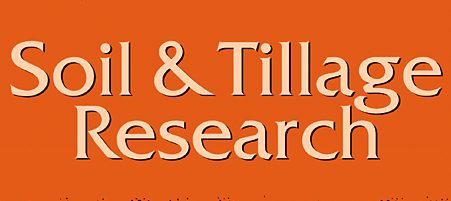
Abstract
Conventional tillage practices and imbalanced use of inorganic fertilizers is well known to result in poor soil health. Alternative tillage and precision nutrient management are important strategies for tackling the issues of soil health deterioration, particularly in cereal-based intensive cropping systems. Therefore, we conducted a 4-year study with the objective of (a) monitoring the changes in soil physical, biological and chemical properties and crop productivity, (b) development of soil quality index-SQI, and monitor its’ changes against system productivity as management goal, and (c) studying the changes in soil organic carbon-SOC in relation to annual C input. The experiment was laid out in a split-plot design with 3-tillage practices [zero tillage-ZT; permanent beds-PB; and conventional tillage-CT] and 4-nutrient management strategies [Control (unfertilized), farmers’ fertilizer practice-FFP, recommended fertilizers doses-Ad-hoc and site specific nutrient management-SSNM] under a continuous maize (Zea mays L.) – wheat (Triticum aestivum L.)- mungbean (Vigna radiata L. Wilczek) rotation in a sandy loam soil (Typic Haplustept) of north-western Indo-Gangetic plains (NW-IGP) of India. The ZT/PB with SSNM/Ad-hoc nutrient management resulted in higher values of a) physical parameters viz., water stable aggregates >250 μm, saturated hydraulic conductivity (Ksat) and mean weight diameter-MWD, b) chemical parameters viz., SOC, available N, P, and K, and c) biological parameters viz., microbial biomass carbon and enzyme activities (fluorescein diacetate hydrolase, dehydrogenase, ß-glucosidase and alkaline phosphatase) compared with CT and unfertilized treatments. The CA practices recorded an increase in WSA (12–21%), MWD (14–29%), and Ksat (11–14%) compared with CT at the 0-0.15 m and 0.15–0.30 m soil depths, respectively. The PB-SSNM registered (44.1%) higher SOC content as compared to CT-unfertilized plots. Values for MBC, FDA and βGA declined in the order SSNM=Ad-hoc>FFP > Control. While, the DHA declined in the order SSNM>Ad-hoc=FFP > Control. Principal component analysis included MWD, SOC and available K in the minimum data set (MDS) as the soil quality indicators. Adoption of PB/ZT resulted ∼22.5% higher SQI compared with CT. The SSNM plots improved SQI by ∼19.3% and ∼5.3% over unfertilized and FFP. The SSNM based CA practices attained a significantly higher annual C sequestration rate than other treatments. Therefore, adoption of CA with SSNM and Ad-hoc nutrient management in intensive cereal based systems of NW-IGP is essential for improving nutrient cycling, soil quality, crop productivity and C-sequestration potential.








